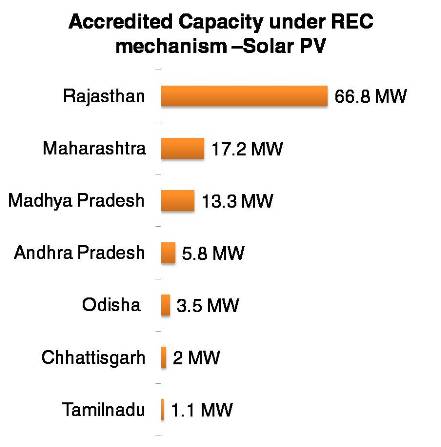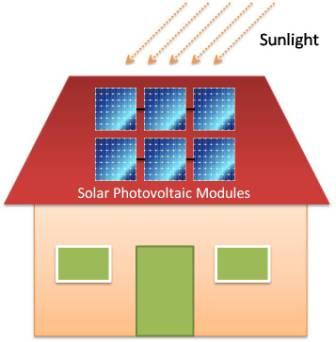Forest Hill Garden & Pavilion
Toronto, Canada
Amantea Architects
Amantea Architects modernizes a lush and casual urban residential landscape with a Mondrianesque composition of deftly programmed spaces
Toronto’s Amantea Architects has transformed the landscape of a single-family home in the city’s Forest Hill neighbourhood, clarifying its program while maintaining its lush, layered character. The project comprises a fully redesigned backyard including dining terrace, patio, sports lawn, swimming pool and pavilion—all efficiently programmed within a 560-square-metre space—as well as a new front garden and entryway as per information available from v2com.

The exterior project began with Amantea’s collaboration on an extensive renovation of the primary residence, led by Toronto firm Reigo & Bauer. The client wanted to preserve elements of the existing landscape—notably the mature trees along the rear garden, which add to the backyard’s leafy seclusion—while extending the material palette and language of the house’s now-modern interior.
The landscape’s focal point is a new 47-square-metre pavilion spanning nearly the entire width of the backyard and pushed as close to the rear property line as permitted. Hovering above native grade on piers to mitigate its impact on the adjacent trees, the pavilion’s linear form is configured to preserve the existing vegetation. Clad in black to contrast with the surrounding foliage while visually receding into the background, the pavilion functions like a screen, creating the illusion of limitless space beyond. The house-facing elevation is an assembly of vertical cedar battens that gradually transition from wide and shallow at the building’s ends, which house storage and mechanical, to narrower, deeper and more widely spaced at its centre. The resulting moiré-like effect is especially striking at night when the pavilion is illuminated like a lantern, with warm light filtering through its screen and full-height translucent glass walls.

These glass panels admit ample daylight, limiting the need for artificial lighting while still providing visual separation; after dark, daylight is supplemented with tunable LEDs integrated into the ceiling. The pavilion’s core, finished with a warm and natural palette of marine-grade ply with cedar veneer and oiled cedar boards, is turned over to a washroom, a change room and a shower next to an opening in the roof that frames a birch tree and a view of the sky—zones deftly partitioned yet open to the surrounding landscape and pool activity.
From the interior of the pavilion, ipe flooring connects to the oiled ipe decks that frame the swimming pool. Mirroring the pavilion’s geometry, the new rectangular pool is lined with Algonquin limestone that extends horizontally on one side to form a deck wide enough for lounge chairs; nearest the house, the same limestone acts as a bridge to the dining terrace. The pool’s remaining sides are flanked by decks of oiled ipe that sit flush with the level of the lawn. The use of continuous walking surfaces throughout the backyard unifies the pavilion with its setting—an effect enhanced by a planted roof that visually extends the lawn to the perimeter vegetation when viewed from above.
Opposite the pavilion, the new dining terrace replaces an existing balcony-like platform framed by a masonry wall and accessed by a narrow set of eight stone steps; now, an extended sequence of wide platforms elaborates the transition from ipe dining terrace to limestone patio below, dispensing with the need for a guardrail and enhancing the feeling of openness. Raised to meet the level of the main floor interior, the new enlarged terrace also includes a generous custom barbecue station set against horizontal black-stained cedar lath with a powder-coated aluminum heat guard.
From dining terrace to pool, the elevation change is managed by a berm—sandwiched between two low limestone retainers, further subdivided by black aluminum planters and densely foliated to negotiate its steep descent—inserting a middle-ground to create a sense of distance between pool and terrace. Here and elsewhere, plantings (selected in collaboration with Tina McMullen) are structured for a modern look that nonetheless retains the loose, shaggy feel of the original garden.
In the front yard, Amantea updated an existing horseshoe driveway and intersecting front walk with new heated surfaces of concrete and limestone. The entrance, too, is modernized, with a new square stoop, orthogonal limestone bench and corresponding planting box framed in blackened metal; here, as in the areas flanking the front walk, a carefully proportioned composition of shrubs and low plantings replaces turf.

Technical sheet
Project Location: Toronto, ON, Canada
Project Completion: Fall 2018
Design Team: Michael Amantea and Melissa Ng
Collaborators: Planting Plan with Tina McMullen Landscape Architecture and Engineering by Blackwell Structural Engineers
Contractors: Landscape by Coivic Contracting Ltd. and Pavilion by Neit Outdoors
Photographer: Doublespace Photography
About Amantea Architects
Michael Amantea, alumni of University of Toronto, graduated from John H. Daniels Faculty of Architecture, Landscape & Design with honors in 2001 and is the principal architect of the award winning Toronto-based firm Amantea Architects.
The firm’s focus is creating thoughtful, well crafted spaces that articulate a clear idea and a heightened sense of place.



